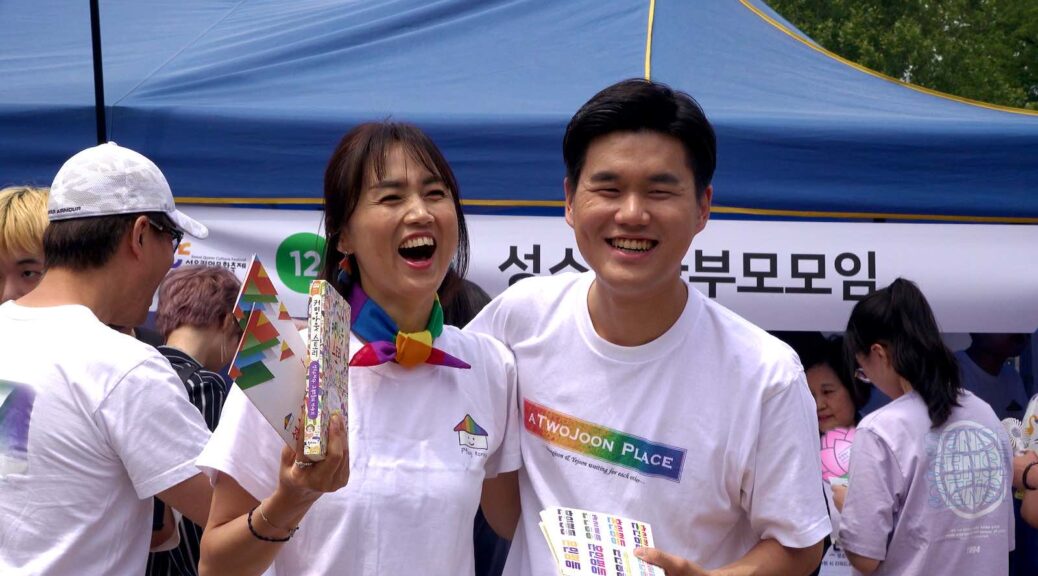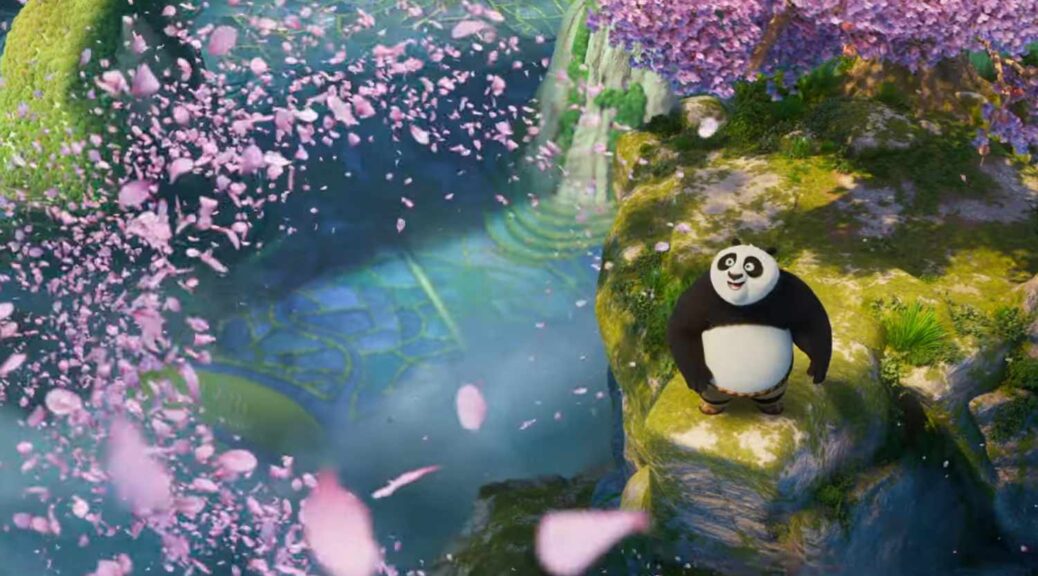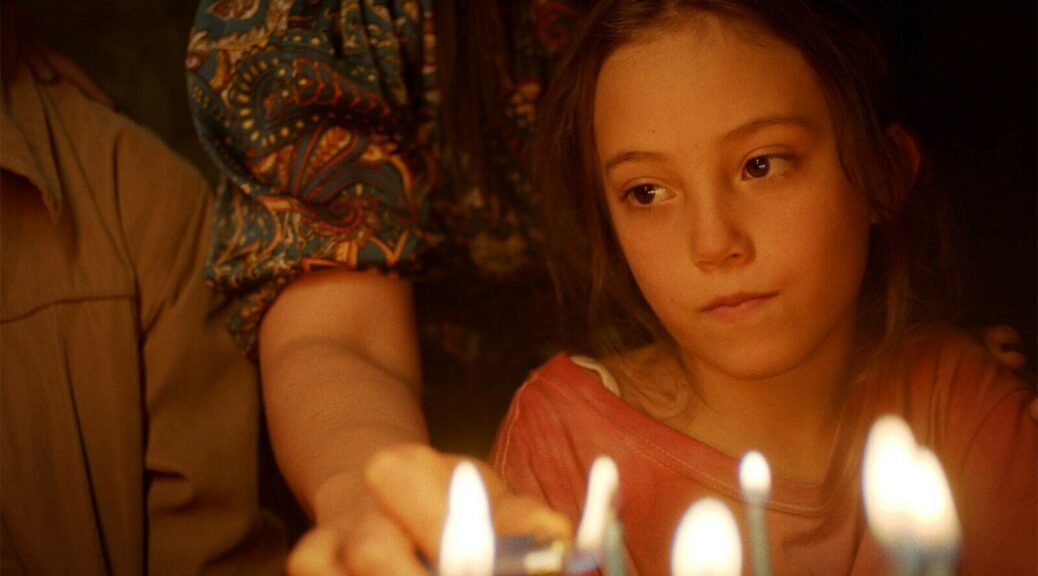You’ll Never Find Me
by Hope Madden
A somber experiment in atmospheric horror, Josiah Allen and Indianna Bell’s feature You’ll Never Find Me waits out a storm with a couple of curious characters.
Patrick (Brendan Rock) sits quietly if unhappily in the kitchen of his trailer. It’s late—after 2 in the morning—and he seems a tad morose. When a persistent knock on his door punctures the noise of the storm, he ignores it as long as he can.
Eventually, he admits a stranger (Jordan Cowan), barefoot, drenched and shivering. She was caught in the storm and just needs a ride to town.
At this time of night?
What’s really going on here?
The film feels lost in a dream—the lighting, the silences, the pair’s lonesome and broken expressions. The co-directors linger on the actors’ faces, allowing the paranoia to shift so you’re never fully sure of either character.
Everybody in You’ll Never Find Me moves slowly. Everything moves slowly. You don’t know who to trust because neither of these two seems to trust the other, and you can’t judge either of them for it. Surely, they’re not both up to something nefarious.
Maxx Corkindale’s sometimes roving camera reveals something creepy in the trailer’s tidy, tightly enclosed ordinariness. The sound design is hushed and foreboding, blending with Darren Lim’s score to work the nerves. The result allows the film to suggest something supernatural, although all other signs point to very human crimes.
A slow boil like this requires committed, compelling performances and both Cowan and Rock deliver. Eventually the gender politics on display unnerve, and what’s what the film is more than truly scary. It’s unnerving.
The third act doesn’t entirely deliver on the promise made earlier in the film, but Bell and Allen have crafted an unsettling and spooky feast for the senses.












